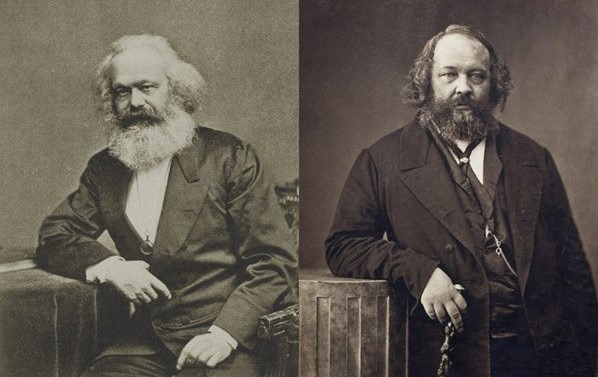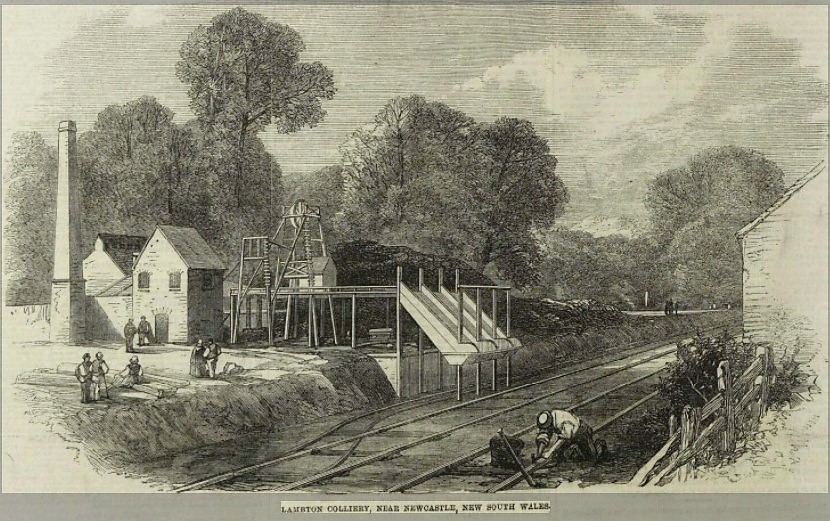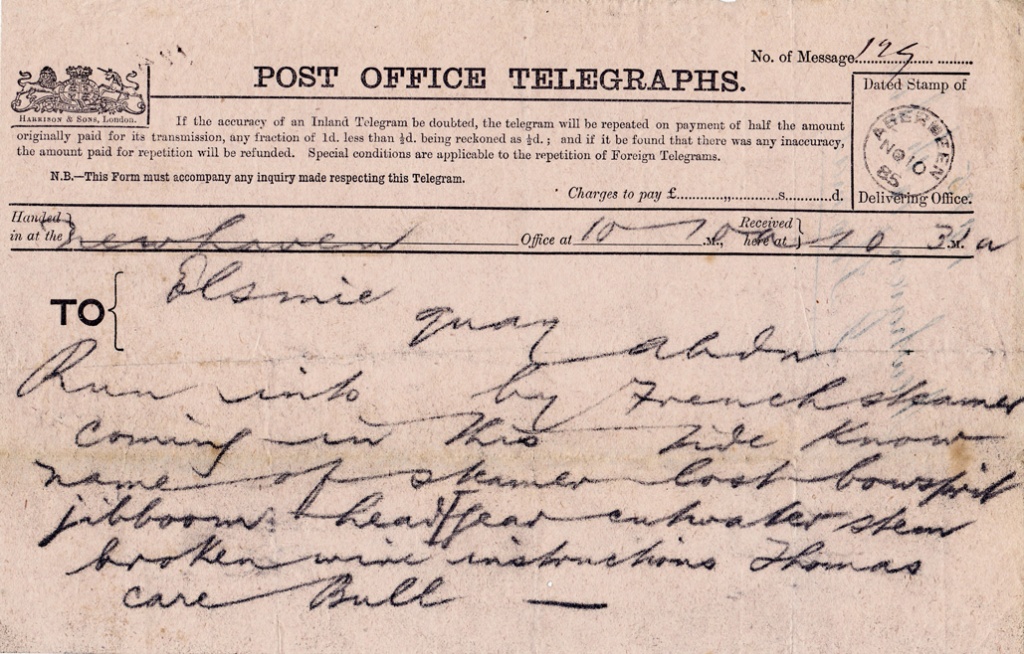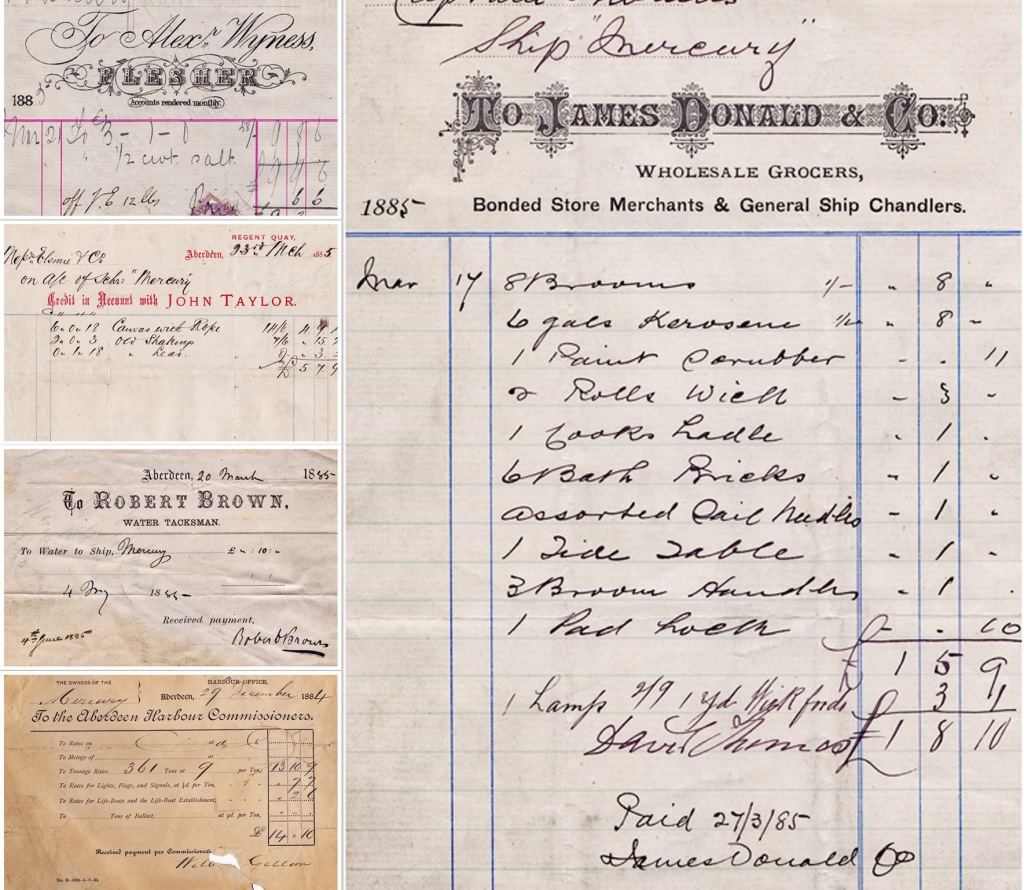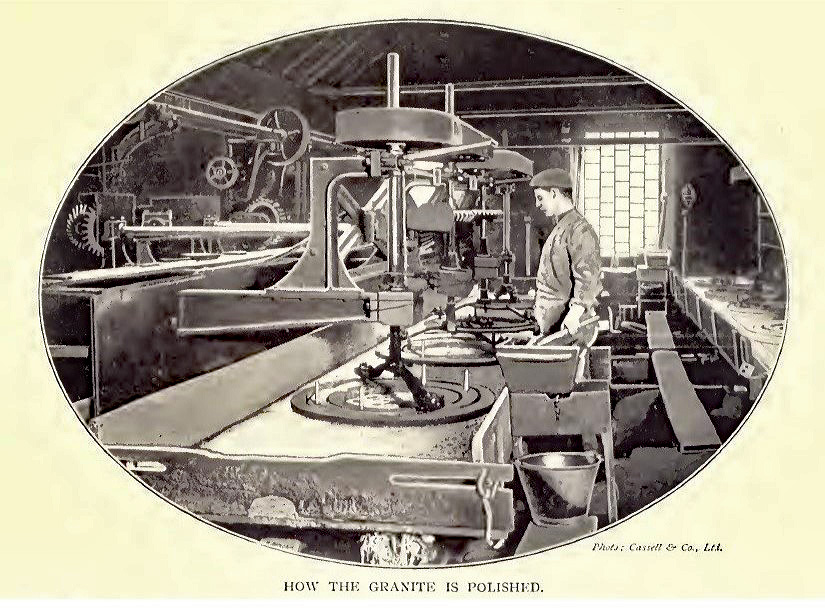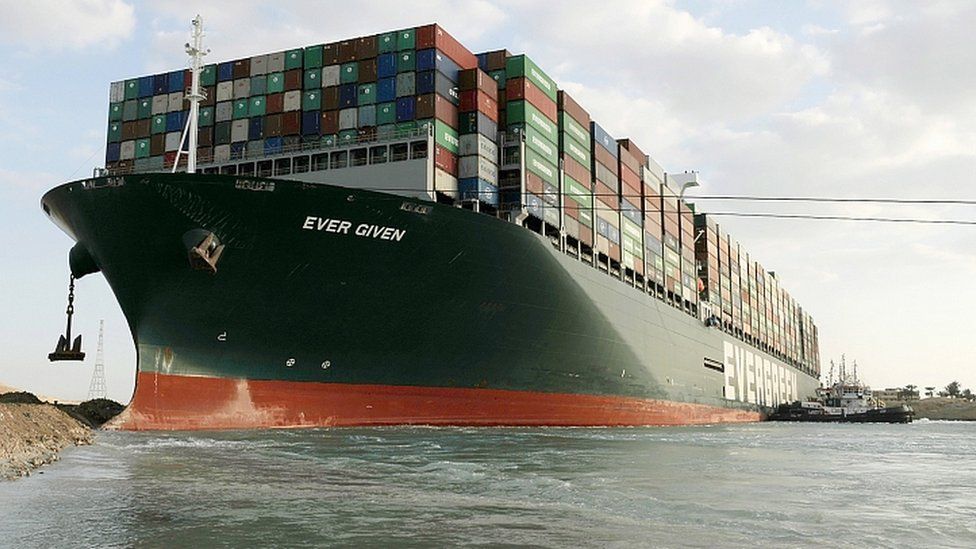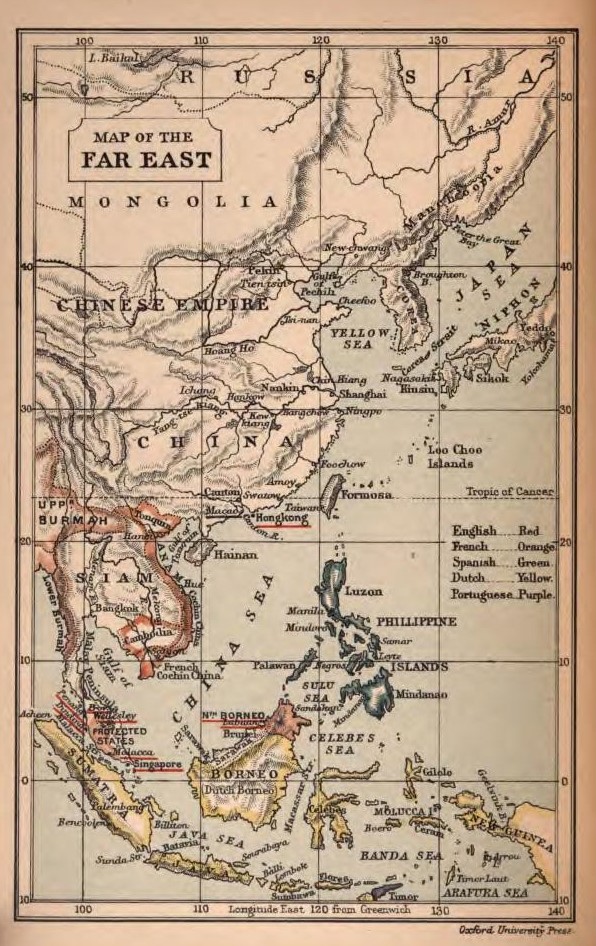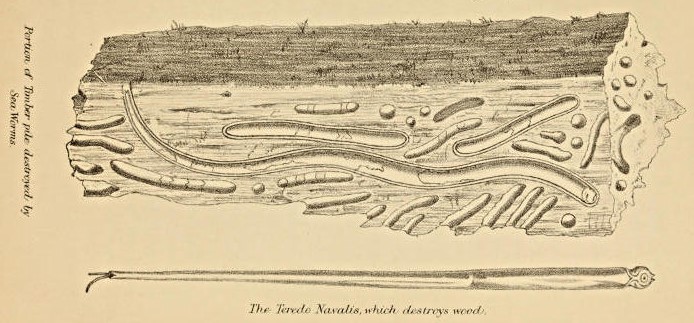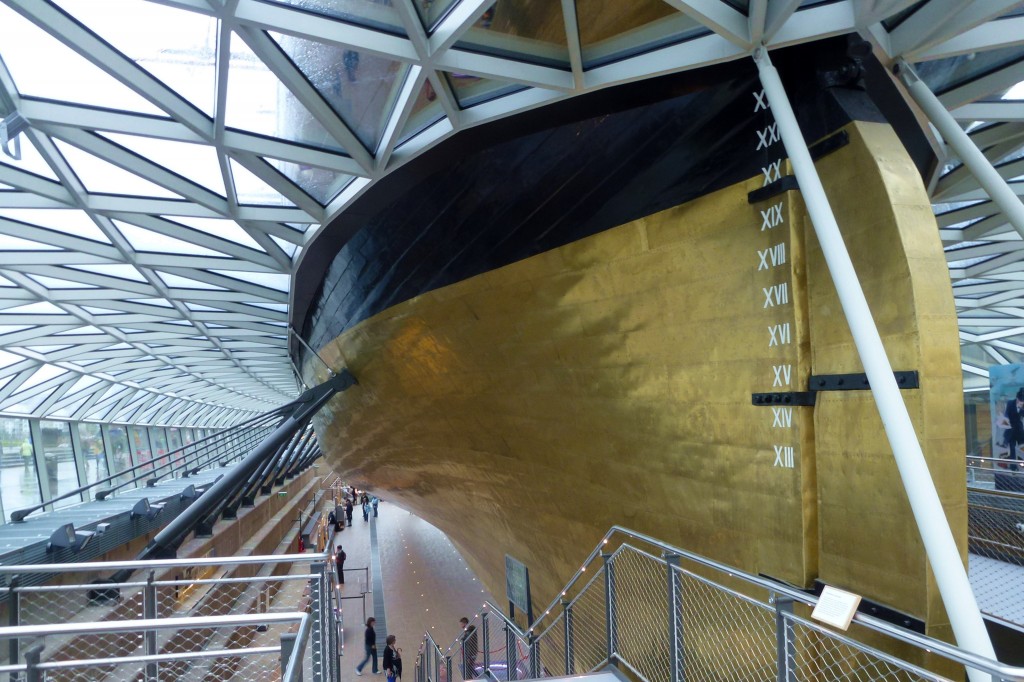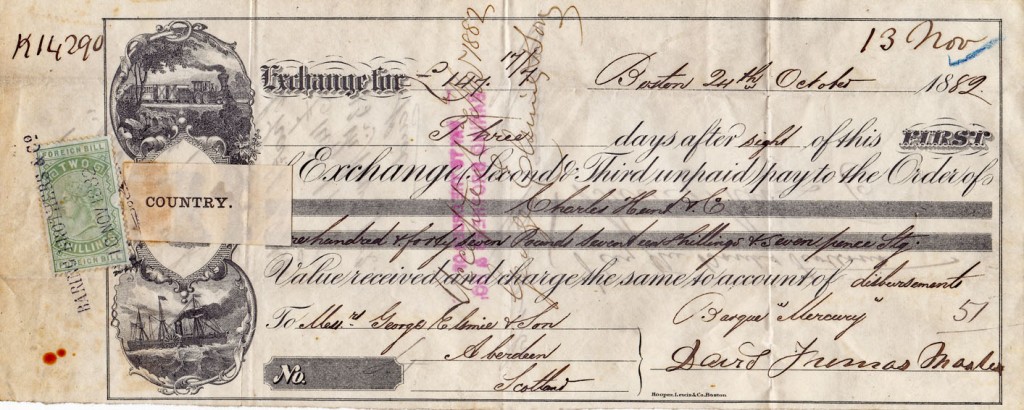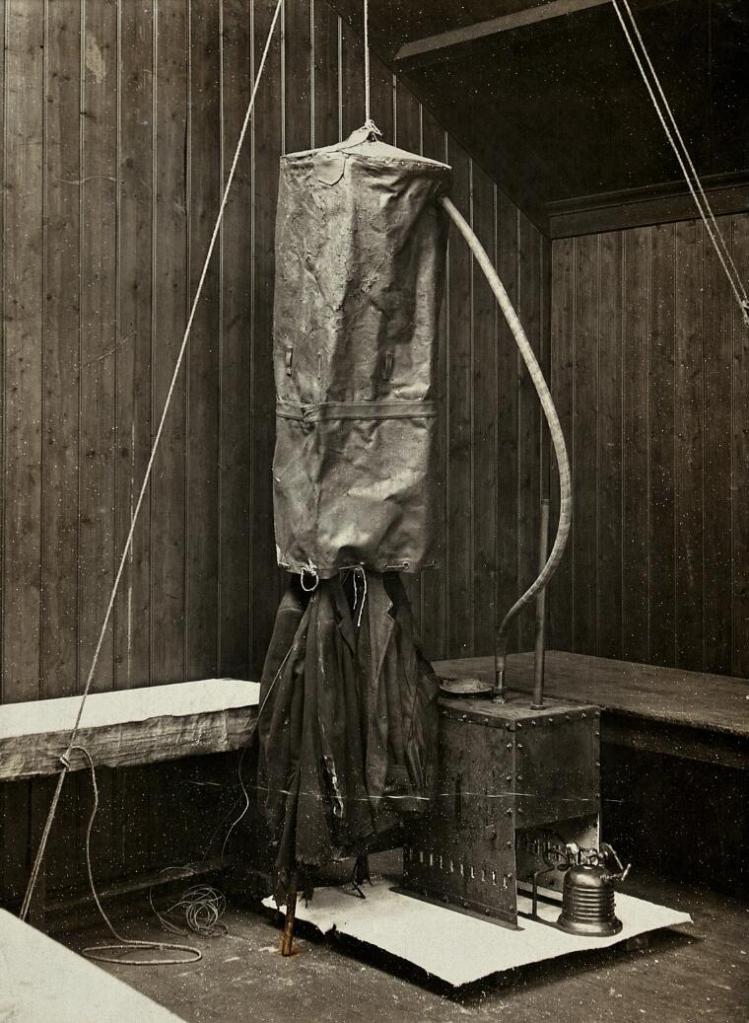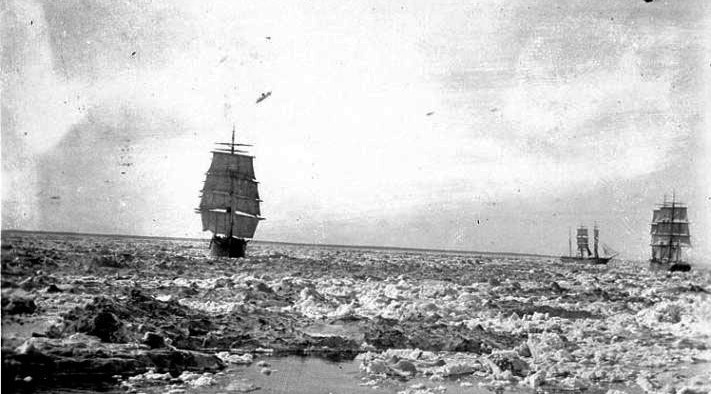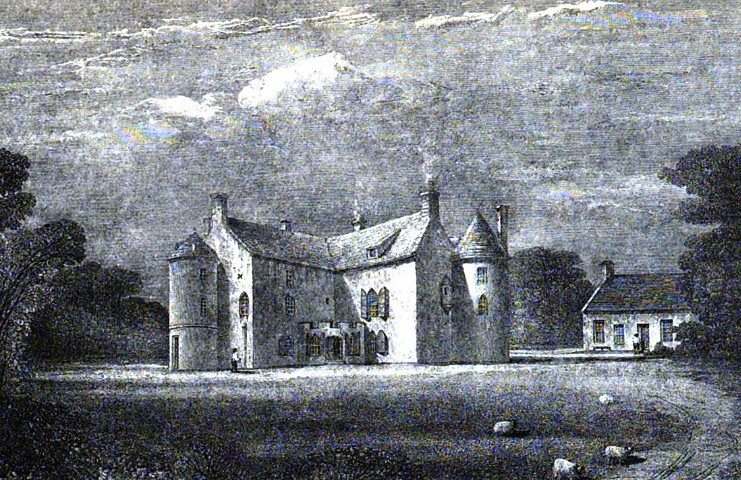
House of Ury
Part 1 concluded with the death of David Barclay, one-time favoured mercenary in the employ of Gustav Adolphus King of Sweden. David had survived battles of the Thirty Years War, had survived the turmoil of British-Irish civil wars and despite, or perhaps because of these dramas, became a man attached to the Quaker creed with a strong sense of pacifism.
His religious affiliation travelled from accepting the doctrine of the established Scotch Kirk to that of a dissenting sect with a strong sense of individual responsibility for knowing and being guided by an inner “light” believed to be divine in origin. This was a deep-seated commitment, not a matter of self-seeking opportunism but devotion to a cause which then faced persecution and prosecution. Nonetheless, David Barclay and many others stood by the new creed. Alexander Jaffray from Aberdeen, a contemporary and friend of David, wrote of the emotional and doctrinal struggles which accompanied the decision to follow a new way. For example Jaffray in his Diary for 1659 ruminated on his responsibilities for acts in the civil wars:
O! That I may be helped rightly , to consider, what great duty there is on me,
to be very earnest and serious with God in this case; I having so much both
private and public guiltiness to mourn for . . . [and on the Quakers’ idea of the “Light
within] I do verily find and believe, there is light appearing from and holden forth at this
time, by these despised people.
In 1677 Alexander’s passion for duty and the need to acknowledge his sinfulness was such that he walked the streets of Aberdeen with the upper part of his body being naked; for this act of piety he was arrested and violently dragged away to prison.

19th Century View of Aberdeen’s Tolbooth Prison, With Steeple
Devotion to Quakerism was evident in 1669 when David Barclay’s son Robert, author of the Apology, writing to his future wife Christian Mollinson not simply of his love but cast the emotion in terms which exemplified the profound role that a Godly presence had for Quakers. Their love was greater than that of lesser mortals:
a place of rest and quiteness, where the children of light and babes of the
household of faith have fellowship together, and embrace one another in
the pure love, which is mysterious, and hid from such as are led away by
the foolish loves and fond affections of this world.
It’s worth noting here that Robert’s high standing in Royal circles, and irrespective of his Quakerism, led him to be recommended to the post of governor of the province of New Jersey in North America. This he accepted on the understanding that there was no necessity for him to be present in the province which was agreed and an assistant governor was appointed. Lands in the so-called New World were gifted to Barclay the Quaker which raises the question of how did this moment of empire building affect indigenous populations and did the problem present itself to Robert?

Christian Mollinson Memorial Stone
On the death of David in 1686 Robert became the Laird of Ury, Sadly for his family this rising star of Quakerism had only a short time to put his stamp on the lairdship. He died in 1690 when the estate passed to his oldest son, also Robert. Such was the way of the family that until Ury was sold-on to the ironmaster Baird in the 1850s the family chose Robert as the name for eldest son. In other words there were five iterations, five lairds named Robert from 1686 until the mid 19th century.
When the eighteen year old Robert II assumed the lairdship in 1690 he stepped into ownership of a feudal estate, giving him the privilege of having the rights of a Court of Barony. He and his successors were the superiors of tenants, able to try them for breaking legal contracts, make decisions on disputes between tenants, control sub-tenants; fine those found guilty of infractions of the law; he could also prohibit private commercial enterprise within the estate and evict individuals and families as he saw fit if they were guilty of a sufficiently troubling offence. The Court was held in Ury House with, at least in theory, the laird attending and deciding the fates of those brought before him. Robert Barclay II took his role of feudal superior seriously and stood judge in many of the cases brought forward in Ury House.
Given the turbulence of the period of David Barclay’s lairdship its unsurprising that he appears to have only occasionally active in his estate duties Baron of Ury. Those he presided over give some sense of the feudal relations of the period for example, tenants were duty bound to give ready service to the estate’s smiddie (blacksmith) in other words there were relations of mutual obligation with the smith himself expected to furnish tenants with good and sufficient service. Moreover, tenants had to fulfil obligations due to the laird such as providing peats for Ury House and the laird in turn supplied food for men and horses arriving at the laird’s home. Moving on to the time of Robert II the pattern of feudal proprietorship repeats. In 1692 the laird confiscated firearms found on men poaching on his land he also fined them. Similarly fines were imposed in 1699 on men taking salmon and other game as well as seizing their leisters (fishing spears). More serious for the perpetrators was the case brought before Robert in 1698 when Helene Buchan, her mother and her sister were charged with theft of vegetables and two ewes. Insufficient evidence was brought forward for a guilty verdict nonetheless, laird Robert with his advisory panel ruled that the women be evicted from the lands of Ury; given twenty four hours to flit on pain of failure to so do the women were to be arrested and put into the theefs hole in Stonehyve, the common prison.
By 1721 the laird’s son was overseeing the court. He, Robert III, presumably with the backing of his father, began to pay attention to the to the productivity of the estate in the sense that he tried to stop land being exhausted by bad agricultural practice. Fines of 100 pounds Scots were threatened. This continued to the 1730s. In 1735, with father and son present, tenants were warned against doing greatt damnage to the proper mosses and muirs of the said barony. The Barclay family restricted the digging and taking of peats from the estate. Of course rather than being what we might now call good ecological practice it was protection of a source of peats for the house of Ury. Tenants and sub-tenants were lower down the feeding chain. Although having said this the sense of a common, if not equal, community did stand for something. Areas across the country including within estates were there for use by all but not as free-for-all. These areas were known as the commonty, governed by rules and regulations which in theory ensured a fair use of land across a defined community. In 1738 sub-tenant Alexander Buchan was brought before Robert Barclay younger, charged with digging ground on the commonty without permission. He, Alexander, was fined 6 pounds Scots but more seriously he was told to,
flitt, red, and remove himself, his wife, bairns, family, servants, goods and
gear furth and from the occupation of his said possession, and that
within forty eight hours after the term of Whitsunday next to come.
This gave the unfortunate family from mid January until Easter to find alternative accommodation. Into the 19th century most of these commonties were lost as landlords claimed them and made them private property.

Map of Ury Estate 18th Century
Robert Barclay II died March 1747, in a world which had radically changed in the hundred years since his grandfather David’s return to Scotland. War and social turmoil were ever-present across Europe and Britain. It was only one year since supporters of Charles Edward Stuart had suffered a devastating, bloody and final defeat at Culloden. This marked the culmination of the success of the Protestant Ascendancy of 1688. Although David Barclay had lived to see the arrival of William and Mary to the throne of Britain what he did not live to see was absorption of the Scottish Parliament into a larger British Parliament, the relative stability which emerged as the new state not only eventually dealt a death blow to a recalcitrant clan system but began to develop an economy increasingly extended and defended by a burgeoning merchant marine and Royal Navy. Not that Britain stood aloof from confrontations with commercial and dynastic competitors. The Dutch, the Spanish and the French all challenged but none were able to finally stop the rise of Britain.
Prior to 1760 when Robert IV became Laird of Ury the running of the estate and the general business around Ury House would have been as familiar to the 17th century David Barclay as it was to his great, great grandson. But times were changing and Robert IV was intent on sweeping away some of the more feudal restraints which had hitherto characterised economic life at Ury. Agricultural improvement was his goal. Which of course could be a gain for the landlord and a loss for tenants and others within the estate. To all intents and purposes improvement was the introduction of agricultural practices intended to raise the productivity of land and make farming and forestry financial successes. Market opportunities grew along with the gradual increase in population and urbanisation of Scotland.
In 1810 when George Robertson reported on agriculture in Kincardineshire he praised the endeavours of the farming laird, describing Robert Barclay IV as the man who exerted himself for the improvement of the country; the man whose labours in agriculture were the most strenuous and well conducted of his contemporaries. To the end of improving the estate’s market position he took into his hands running farms in the vicinity of Ury House which required ending tacks (leases) to existing tenants which in turn probably had a knock-on impact to sub-tenants who were dependent upon the goodwill of the hitherto sitting farmer. Driven by the enthusiasm for increasing the capital value of his land Robert toured Norfolk to witness the radical practices in the English county. Identifying some 900 acres of his farmland as suitable for improvement and a further 3000 which could be turned to forestry he began draining land, clearing a boulder-strewn landscape and where appropriate enclosing ground (using ditches and thorn hedging as barriers to contain livestock) with the intention of renting some of the land to men willing to exploit increased new market opportunities. Initially he was dissatisfied with local labour employed to work on the improvements and so he imported men from Norfolk to instruct his workforce on how and why the new ways of farming were introduced. Robert IV seems to have had a fiery temperament as he was said to be not above occasionally using violence to impress upon his unskilled labourers the need to do things as instructed, as George Robertson reported His discipline was severe . . . he would admit of no slovenly practice, when the the men were found wanting they had work beat into them. Land value increased, cop rotation etc. brought the estate and its proprietor into what was to become the agricultural revolution of the later 18th century.

Wheeled Ploughs of 18th Century
Robert IV died in 1797. Apparently he was still a man of Quaker faith. Summing up the works of the improver George Robertson concluded:
The fame of his improvements spread far; and the light thence diffused has
beamed in a thousand directions over the face of the whole land.
But this was a light so different from that felt his forebears, theirs was an inner power, divine in origin and little connected to the making of money. Peter Radford in his biography of Robert V records that irrespective of the improvements made and the subsequent rise in rental value of the estate the late landowner had bequeathed a property deeply in debt which required a careful control of resources by guardians appointed to oversee the business of the Ury until Robert V came of age.



